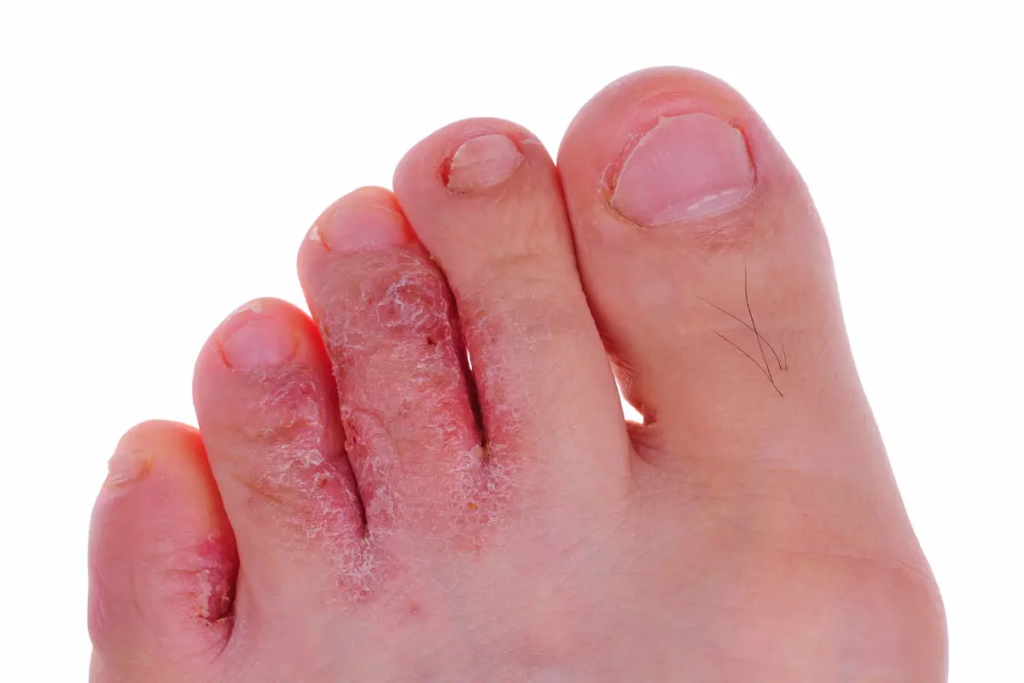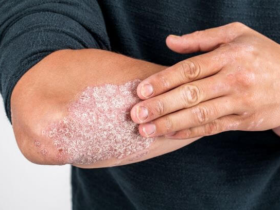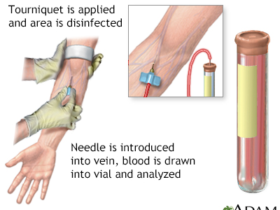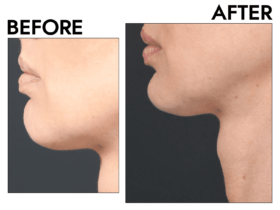An athlete’s foot, also known as tinea pedis, is a common fungal infection that affects the skin on the feet. It can cause itching, burning, and cracked skin, often making it uncomfortable for those who suffer from it. The good news is that an athlete’s foot is treatable and preventable with the proper care and products. This comprehensive guide will explore the best athlete’s foot creams, their treatment effectiveness, and prevention strategies.
Understanding Athlete’s Foot
Before diving into the best treatments, it’s essential to understand what an athlete’s foot is and how it develops. The athlete’s foot is caused by dermatophytes, a fungus that thrives in warm, moist environments. Familiar places where this fungus is found include showers, locker rooms, and swimming pools. The infection typically starts between the toes and can spread to the soles of the feet and the toenails. Symptoms include itching, stinging, redness, and peeling skin. In severe cases, blisters and ulcers can form.
Types of Athlete’s Foot Creams
When it comes to treating athlete’s foot, antifungal creams are the go-to solution. These creams are designed to kill the fungus and alleviate the symptoms associated with the infection. Several athlete’s foot creams are available, each with different active ingredients. Here, we’ll explore the most common and effective options.

1. Clotrimazole Creams
Clotrimazole is a widely used antifungal agent that works by inhibiting fungus growth. Creams containing clotrimazole, such as Lotrimin AF, are famous for treating athlete’s feet. These creams are effective in reducing symptoms and clearing up the infection. Clotrimazole is typically applied twice daily for two to four weeks, depending on the severity of the disease.
2. Terbinafine Creams
Terbinafine, found in creams like Lamisil AT, is another potent antifungal agent. It works by killing the fungus and preventing its growth. Terbinafine creams are often recommended for their fast-acting results. Most users see improvement within a few days of use, with complete resolution typically occurring within one to two weeks. Terbinafine is applied once or twice daily, depending on the product’s instructions.
3. Miconazole Creams
Miconazole, the active ingredient in products like Micatin, is another effective treatment for athlete’s foot. This antifungal agent interferes with the fungal cell membrane, leading to the fungus’s death. Miconazole creams are usually applied twice daily and can take two to four weeks to clear the infection. They are handy for treating athlete’s foot that has spread to the nails.
4. Tolnaftate Creams
Tolnaftate, found in Tinactin, is an antifungal agent that prevents fungus growth. It is effective for treating mild to moderate cases of athlete’s foot. Tolnaftate creams are typically applied twice daily for two to four weeks. They are known for preventing reinfection, making them a good choice for ongoing maintenance after the infection has cleared.
5. Butenafine Creams
Butenafine, found in Lotrimin Ultra, is another effective antifungal cream. It works by killing the fungus and is known for its rapid action. Butenafine creams are usually applied once daily, and most infections clear up within one week of treatment. This Cream is particularly beneficial for individuals looking for an effective solution.
How to Apply Athlete’s Foot Cream
Proper application of athlete’s foot cream is crucial for effective treatment. Here are some steps to ensure you use them correctly:
- Clean and Dry the Affected Area: Wash thoroughly with soap and water, then dry them completely. Fungi thrive in moist environments, so keeping your feet dry is essential.
- Apply the Cream Evenly: SqCream a small amount onto your Creamr. Apply it evenly to the affected CCream. Make sure to cover the surrounding skin to prevent the infection from spreading.
- Follow the Instructions: Adhere to the application frequency recommended by the product. Most creams are applied once or twice daily.
- Continue Treatment: Even if symptoms improve quickly, continue using the Cream for the fuCreamration recommended to eradicate the infection.
- Wash Your Hands: After applying the cream, wash your cream thoroughly to avoid spreading the fun cream to another area of your body or to different people.
Prevention Strategies for Athlete’s Foot
While effective creams are available for treating athlete’s foot, prevention is always better than cure. Here are some strategies to prevent athlete’s foot:

1. Keep Your Feet Clean and Dry
Maintaining good foot hygiene is crucial. Wash your feet daily with soap and water, and make sure to dry them thoroughly, especially between the toes. Moisture is a breeding ground for fungi, so keeping your feet dry is essential.
2. Wear Breathable Footwear
Choose shoes made from breathable materials like leather or mesh. Avoid wearing the same pair of shoes daily; rotate your footwear to give each pair time to air out and dry completely. Wearing sandals or flip-flops in public showers and locker rooms can also help prevent exposure to the fungus.
3. Use Antifungal Powders or Sprays
Antifungal powders and sprays can help keep your feet dry and prevent fungal growth. These products are especially useful for people prone to sweating or spending a lot of time in environments where the fungus is likely to be present.
4. Wear Moisture-Wicking Socks
Socks made from moisture-wicking materials, such as those containing synthetic fibres, can help keep your feet dry. Change your socks at least once daily and more often if they become damp.
5. Avoid Sharing Personal Items
Avoid sharing towels, shoes, or socks with others. Fungal infections can easily spread through contaminated items. Ensure that your personal items are washed regularly and kept clean.
6. Disinfect Your Shoes
Regularly disinfecting your shoes can help prevent fungal infections. Use antifungal sprays or powders inside your shoes to kill any lingering fungus. Allow your shoes to dry completely before wearing them again.
When to See a Doctor
While over-the-counter athlete’s foot creams are effective for most cases, there are instances when you should see a doctor. If your infection does not improve after four weeks of treatment, worsens, or spreads to other parts of your body, seek medical advice. Additionally, if you have diabetes, a weakened immune system, or experience severe pain, blisters, or ulcers, consult a healthcare professional. These conditions can complicate a fungal infection and may require more intensive treatment.
Conclusion
Athlete’s foot is a common and often uncomfortable condition, but it is highly treatable with the right antifungal creams. Clotrimazole, terbinafine, miconazole, tolnaftate, and butenafine creams are among the most effective options available. By understanding how to apply these creams properly and implementing preventive strategies, you can keep athlete’s feet at bay. Remember, maintaining good foot hygiene and taking proactive steps to prevent infection is key to enjoying healthy, fungus-free feet. If over-the-counter treatments do not work or if you have underlying health conditions, do not hesitate to seek professional medical advice.
Also, Read The Following: life expectancy after cardiac ablation.


















Got a Questions?
Find us on Socials or Contact us and we’ll get back to you as soon as possible.